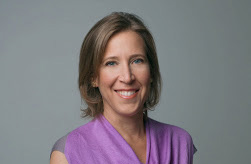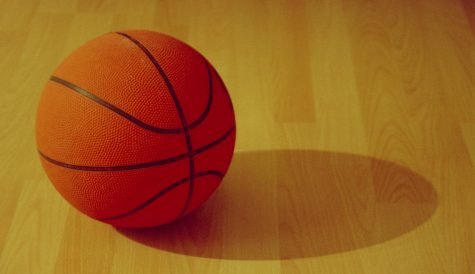
After more than 40 years of operation, DTVE is closing its doors and our website will no longer be updated daily. Thank you for all of your support.
YouTube takes tougher stance on monetisation
YouTube is introducing stricter criteria for which channels can run ads as part of its ongoing clampdown on inappropriate content on the service.

YouTube CEO Susan Wojcicki
Announcing the move, YouTube admitted that the change in policy will affect a “significant number of channels”, with the company tightening up rules for who is eligible for the YouTube Partner Program (YPP).
It also said that Google Preferred content – top channels that YouTube aggregates into easy-to-buy packages for brand advertisers – will be manually reviewed. Ads will run only on videos that have been verified to meet YouTube’s ‘ad-friendly guidelines’.
“We are passionate about protecting our users, advertisers and creators and making sure YouTube is not a place that can be co-opted by bad actors,” said Paul Muret, vice-president, display, video and analytics at YouTube.
“While we took several steps last year to protect advertisers from inappropriate content, we know we need to do more to ensure that their ads run alongside content that reflects their values.”
Previously, channels on YouTube had to reach 10,000 total views to be eligible for the YouTube Partner Program. Under the new rules channels will need to have 1,000 subscribers and 4,000 hours of watch time within the past 12 months to be eligible for ads.
YouTube will also start to “closely monitor” signals like community strikes, spam, and other abuse flags to ensure channels comply with its policies – criteria that will be applied automatically to both new and existing YPP channels.
“While this new approach will affect a significant number of channels eligible to run ads, the creators who will remain part of YPP represent more than 95% of YouTube’s reach for advertisers,” said Muret.
At the same time YouTube announced that it will be giving advertisers greater transparency and more controls over where their ads appear.
In the coming months it said it will roll out a three-tier suitability system that lets advertisers “reflect their view of appropriate placements for their brand, while understanding potential reach trade offs”.
The news comes in the same month that prominent and former Google Preferred-endorsed YouTuber Logan Paul came under fire and subsequently apologised for apparently filming a dead body while visiting Japan’s infamous ‘suicide forest’, in a video that was monetised on the site before it was taken down.
Google said it expects to complete manual reviews of Google Preferred channels and videos by mid-February in the US and by the end of March in all other markets where Google Preferred is offered. The new requirements for channels in the YPP will begin on February 20th, 2018.
In December YouTube CEO Susan Wojcicki announced plans to grow YouTube’s ‘trust and safety teams’ to 10,000 people in 2018 to clamp down on content that violates its policies.
“Human reviewers remain essential to both removing content and training machine learning systems because human judgment is critical to making contextualised decisions on content,” said Wojcicki in an open letter published by YouTube.

